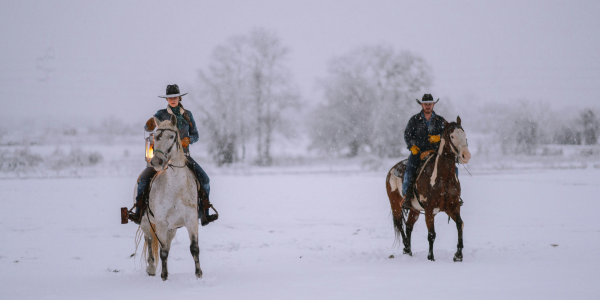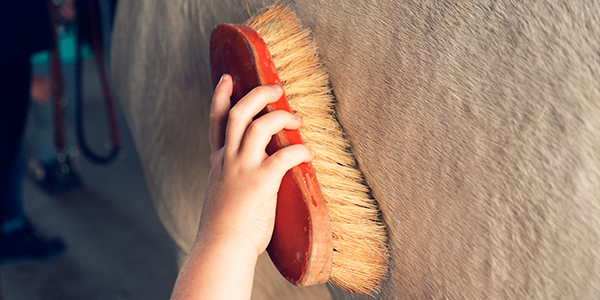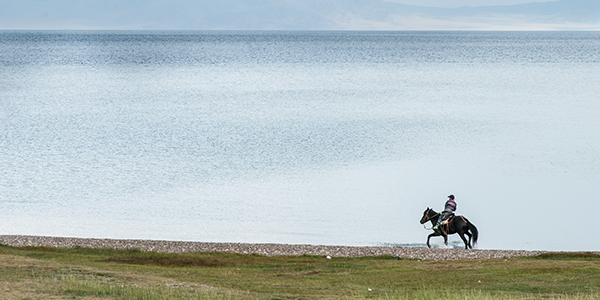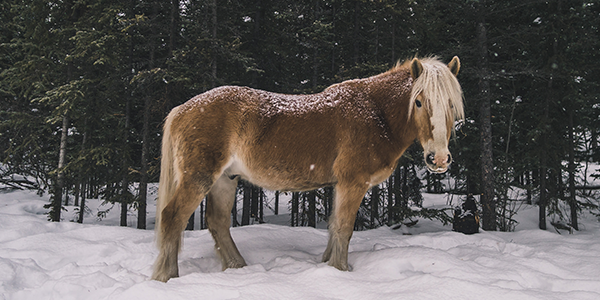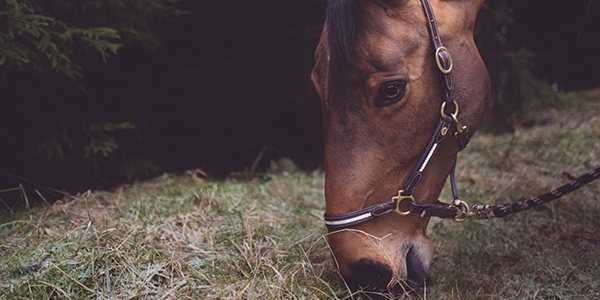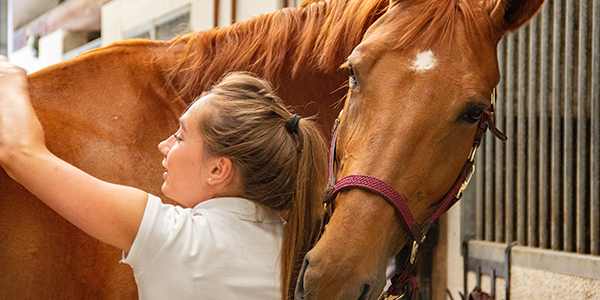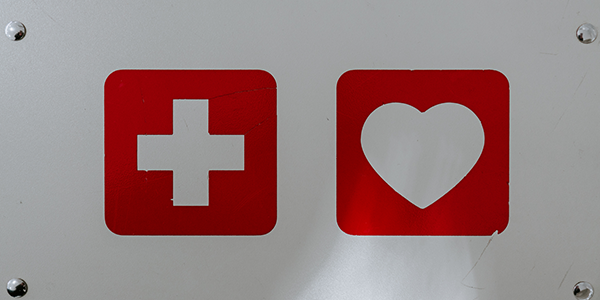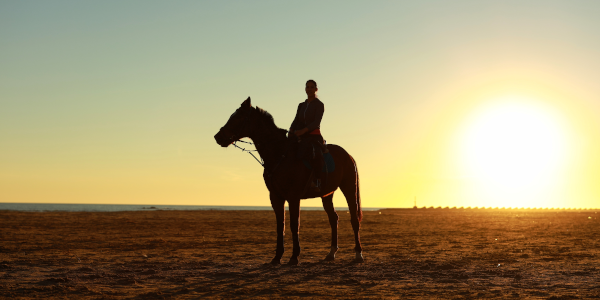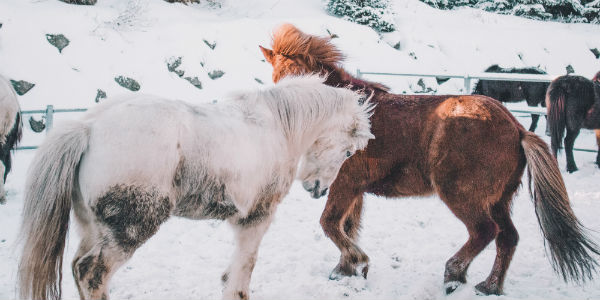The dictionary broadly defines calisthenics as exercises for a strong, trim body, requiring minimal gear or complicated moves. These maneuvers support a horse’s active exercises, promoting strength and gracefulness. Best performed at the session’s start or during confusion, they aid gymnastic muscles, preventing faults and poor habits. Calisthenics complement normal schooling, enhancing efficiency and success in training efforts. Continue reading for more on horse calisthenics. Also, if you are looking for a horse property for sale in Colorado, contact Colorado Horse Property today and speak with one of our horse-person realtors.
Defining Horse Calisthenics
Calisthenics exercises serve as invaluable tools in equine training, targeting areas often overlooked in a horse’s daily regimen. Calisthenics offer a holistic approach to enhancing a horse’s strength, flexibility, and overall well-being. Their benefits include activating dormant muscle groups and heightening sensory perception. It also refines proprioception and resolves muscular imbalances and asymmetries. Another benefit is the expanding of joint mobility. This comprehensive approach not only optimizes physical performance but also aids in injury prevention and rehabilitation.
Given these advantages, equine professionals advocate for incorporating calisthenics at the outset of training sessions. By doing so, riders and trainers can preemptively address any ingrained neurosensory patterns. This allows for more effective engagement with the exercises and maximizing their impact. Moreover, starting with calisthenics sets a positive tone for the session, promoting mindfulness and intentionality in the horse’s movement and the rider’s cues.
Furthermore, it’s noteworthy that certain exercises may seamlessly transition between serving as part of the schooling regimen and fulfilling the role of calisthenics. In such cases, the speed and intention with which the exercise is executed become pivotal in determining its specific effect and outcome. This underscores the versatility and adaptability of calisthenics within equine training, showcasing their ability to cater to the individual needs and goals of both horse and rider.


